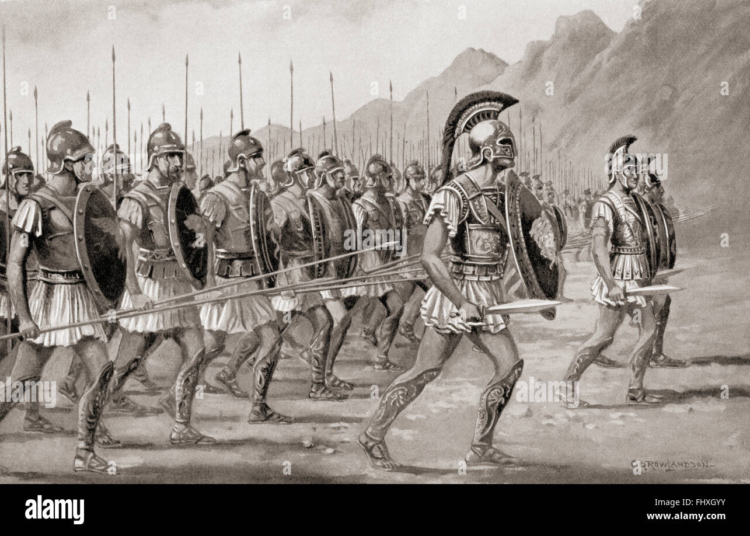The phalanx formation, originated in ancient Greece, was a key military strategy used by Alexander the Great to conquer much of the known world. Consisting of heavily armed infantry soldiers standing shoulder to shoulder with long spears, the phalanx created a nearly impenetrable wall on the battlefield. Alexander adapted the formation by incorporating cavalry and light infantry, making his army more flexible and versatile. The phalanx played a pivotal role in key battles, allowing Alexander to overwhelm larger enemy armies. Its legacy revolutionized military strategy and had a lasting impact on warfare, shaping the tactics of future civilizations and still influencing modern military tactics.
The Phalanx Formation
The phalanx formation was a revolutionary military strategy developed by Alexander the Great and used by his army to great effect in numerous battles. This formation was a key component of Alexander’s success in his campaigns and played a critical role in his conquest of much of the known world.
History of the Phalanx Formation
The phalanx formation originated in ancient Greece and was used by various city-states, most notably by the Spartans. The formation consisted of heavily armed infantry soldiers standing shoulder to shoulder with long spears, known as sarissas, held in front of them. This created a wall of overlapping shields and spears, which made it nearly impenetrable to enemy attacks.
Alexander the Great’s Adaptation
Alexander the Great further developed the phalanx formation by incorporating cavalry and light infantry units into his army. This created a more flexible and versatile fighting force that could maneuver and adapt to different battlefield situations. The combination of the traditional phalanx with the added mobility of cavalry and light infantry made Alexander’s army a formidable force on the battlefield.
Usage in Battle
The phalanx formation was used in several key battles during Alexander’s conquests, most notably at the Battle of Issus and the Battle of Gaugamela. At both battles, the phalanx played a pivotal role in breaking through enemy lines and securing victory for Alexander’s forces. The use of the phalanx allowed Alexander to overwhelm larger enemy armies and establish dominance on the battlefield.
Legacy of the Phalanx Formation
Alexander’s use of the phalanx formation revolutionized military strategy and had a lasting impact on warfare for centuries to come. The tactics and principles of the phalanx were adopted and adapted by later civilizations, most notably the Roman Empire. The phalanx formation continued to be used in various forms throughout history and its influence can still be seen in modern military tactics.
Conclusion
The phalanx formation was a groundbreaking military strategy that propelled Alexander the Great to unparalleled success in his conquests. Its adaptability and effectiveness on the battlefield allowed Alexander to overcome formidable opponents and establish one of the largest empires in history. The legacy of the phalanx formation continues to be felt in military history and its impact on warfare cannot be understated.













